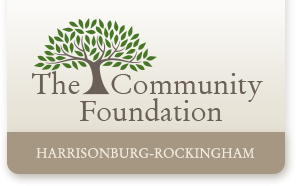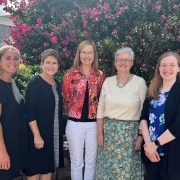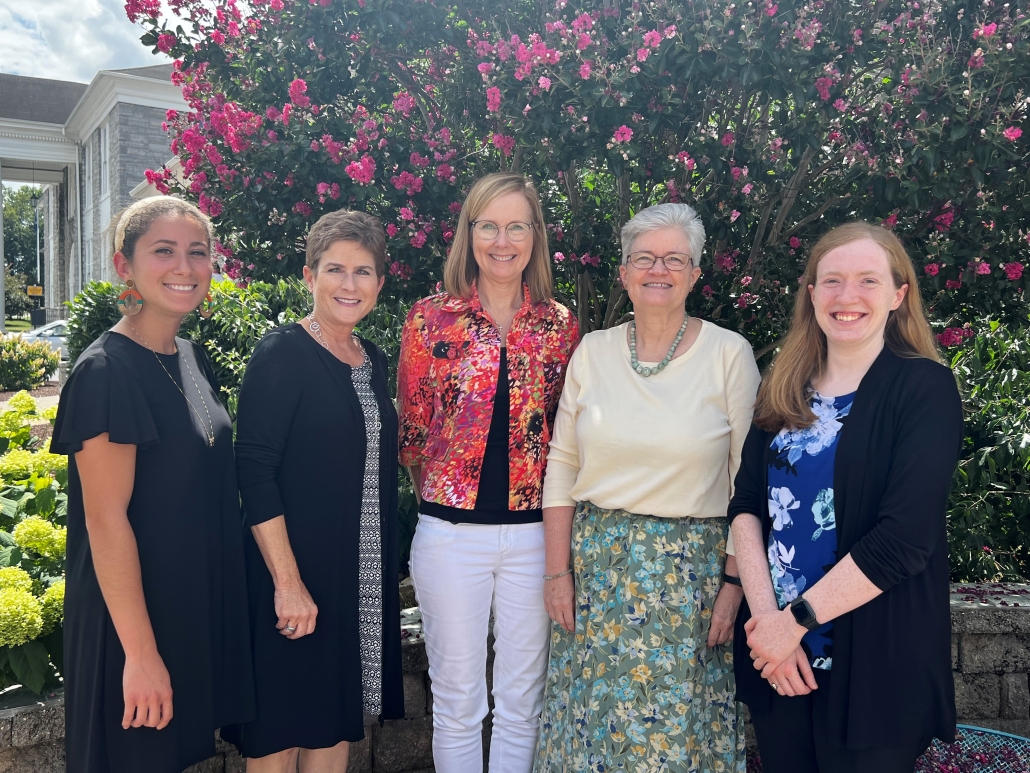Our door is open: What happens when you meet with the team
Our door is open: What happens when you meet with the team
At The Community Foundation, we are honored to work with generous individuals and families like so many of you who’ve established funds to support the causes you care about and the needs of our community both now and in the future. We’re also inspired by those of you who are getting to know The Community Foundation and considering establishing a donor-advised or other type of fund.
Wherever you are in the stages of your philanthropic planning, the team at The Community Foundation is here for you and considers our relationship to be personal. That’s why we welcome the opportunity to meet with our fund holders and prospective fund holders. Here are a few insights into what those meetings are all about.
You can expect personal, dedicated service. Unlike financial institutions’ donor-advised fund platforms where access to a dedicated donor services team can be rare, the staff at the local Community Foundation is here to help you every step of the way along your charitable giving journey. Our team is happy to meet with you one-on-one, and we are also happy to join a meeting with you and your legal, tax, or financial advisor to assess your current situation and determine the best charitable tax strategy for you. This includes evaluating the best assets to give to your fund or funds at The Community Foundation, including publicly-traded stock and even other noncash assets such as real estate or closely-held stock.
We care about your intentions for your fund. The team at The Community Foundation wants to understand the areas of interest that are a priority for you, whether that’s the arts, health care, social services, the environment, education, community development, or something else. We also want to understand the role you envision for the successor advisors you’ve named in the fund documentation, such as your children, who will make decisions about the fund when you are no longer living or able to manage the fund yourself.
We will help you establish additional funds to meet your goals. Sometimes when the team at The Community Foundation is working with a fund holder to understand the intentions for a donor-advised fund, we discover that it’s worth adding one or more additional funds to complement the donor-advised fund structure already in place. For example, some fund holders decide to also establish a designated fund for a particular nonprofit organization or an unrestricted fund to support The Community Foundation’s mission in perpetuity. Many times, fund holders decide to make recurring contributions over time to multiple funds at The Community Foundation to achieve their various philanthropy goals.
We make the paperwork a breeze. As you know if you’ve already established a donor-advised fund at The Community Foundation, the paperwork is straightforward and not at all cumbersome. As we’re exploring updating your existing donor-advised fund, setting up a new donor-advised fund, or adding additional types of funds to your portfolio, we’ll prepare simple documentation to capture your wishes, collect important contact information, and address your vision for your fund or funds both during and after your lifetime.
We’re always here to strategize about your giving options. As you periodically review your assets and financial situation with your advisors, keep an eye out for appreciated assets that could be ideal to give to your fund or funds at The Community Foundation because of the potential capital gains tax savings. The Community Foundation can work with you and your advisors on contributions of a wide variety of assets to help you achieve your tax and estate planning goals. We are happy to go over the appraisal and documentation requirements for gifts of nonmarketable assets such as closely-held stock and real estate.
Our team is here to help you stay up-to-date and on the various ways you can support the community by working with The Community Foundation and partnering with other fund holders.
Thank you for your commitment to philanthropy! If you’re already a fund holder, we are grateful that you’ve made the choice to organize your giving by working with The Community Foundation. If you’re considering getting started, we look forward to continuing the conversation! In either case, we look forward to seeing you soon!
This article is provided for informational purposes only. It is not intended as legal, accounting, or financial planning advice.





















